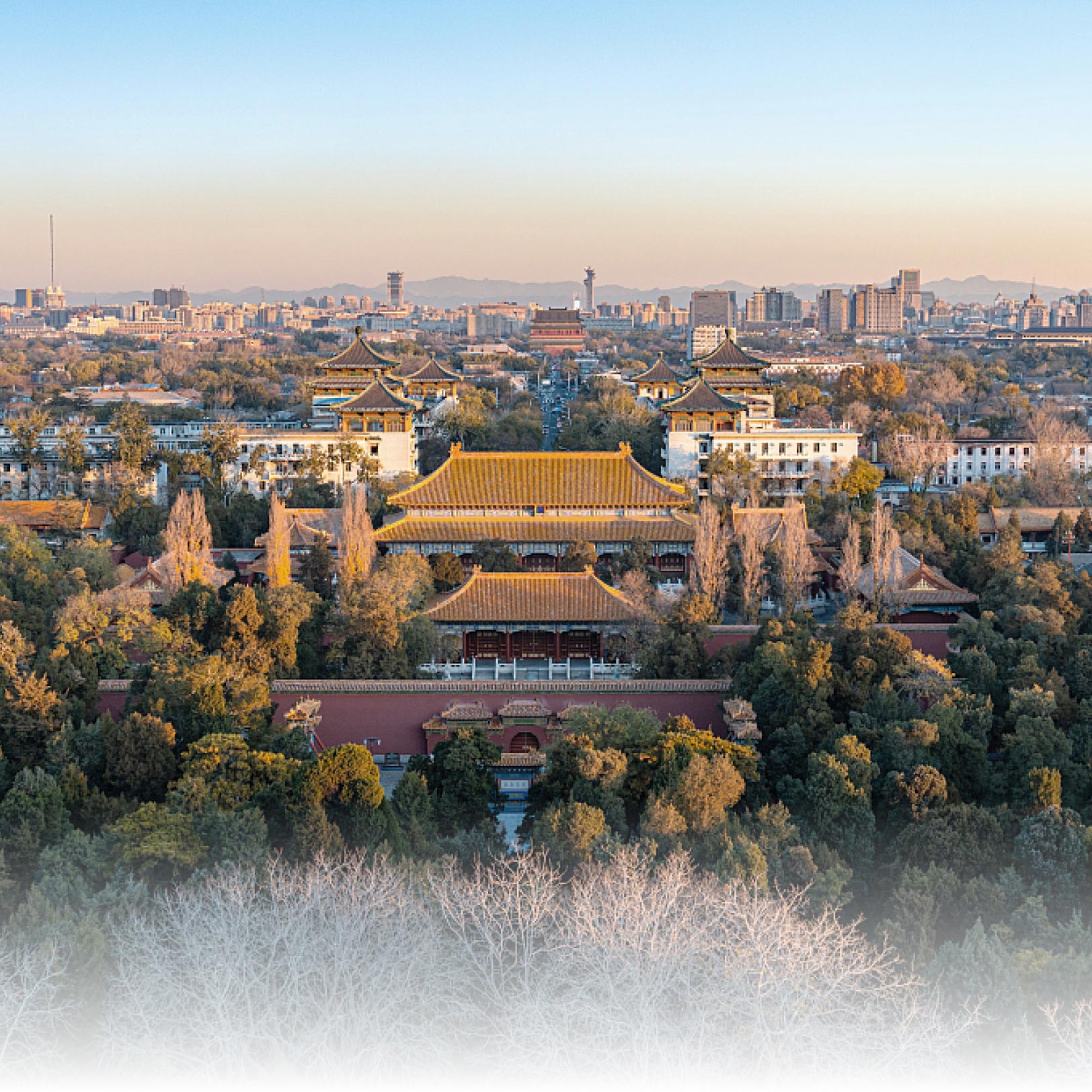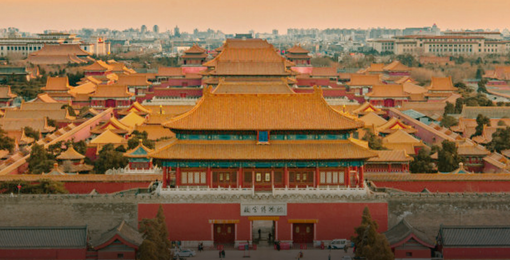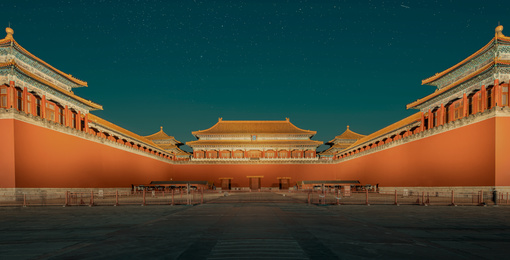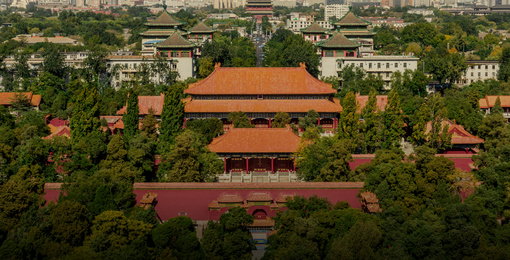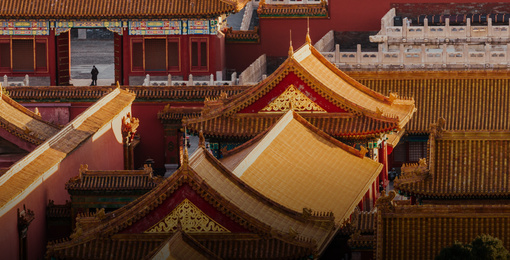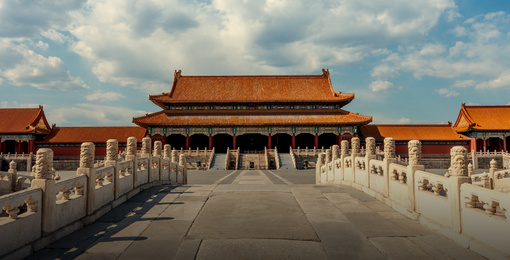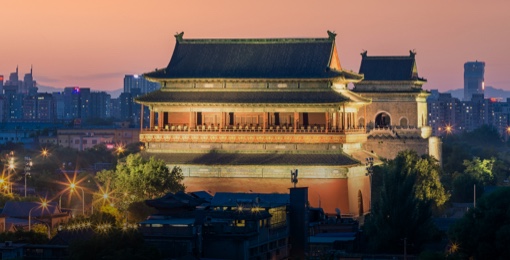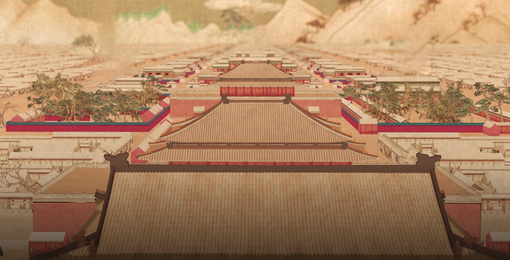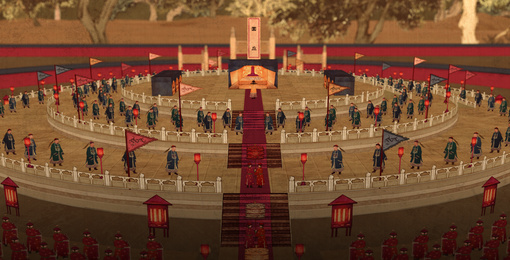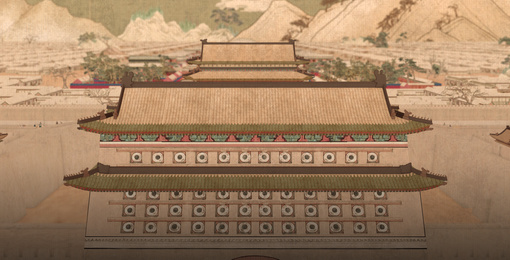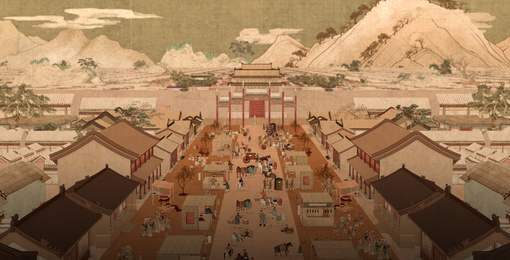Beijing Central Axis bears the outstanding universal value underpinned by criteria (iii), (iv) and (vi).
An exceptional testimony to the Chinese cultural tradition of "neutrality and harmony"
An enduring and exceptional testimony to the state ritual traditions
A physical testimony to the traditional methods of urban management
Having enduring influence on the city's urban development through centuries of evolution
Beijing Central Axis provides an exceptional material testimony to the philosophy of "neutrality and harmony” prized in the Chinese tradition. It is the unique evidence to testify to the state ritual traditions that have been carried forward to this day, exhibiting the emphasis placed on rituals and order in capital city planning since the 13th century and embodying the pursuit of social harmony and stability through urban construction. It also stands as a vivid illustration of the traditional way of city management. Since its inception, Beijing Central Axis has continued to evolve and exert influence on the city's urban development, demonstrating the enduring vitality of planning tradition.
The best-preserved building complex of traditional capital central axis in China
The use of the mountain and water system to demonstrate the unique worldview of human-nature harmony from Chinese traditions
A complete manifestation of the planning paradigm for the ideal capital city prescribed in the Kaogongji
A hierarchical and well-organized urban landscape with contrasts and variations
Beijing Central Axis is an outstanding example representing the mature stage of the urban central axis of Chinese capitals, and also the best-preserved capital central axis in China, characterized by its unique siting, its urban layout demonstrating the paradigm of the ideal capital city as set out in the Kaogongji, and its hierarchical and well-ordered architectural form and urban landscape.
Beijing Central Axis embodies the Chinese society's traditional spiritual beliefs and values of inclusion and diversity. It bears direct and material connections with The Travels of Marco Polo, an important literary work that introduced China to the Western world during medieval times. Beijing Central Axis is also directly associated with a series of historic events that had worldwide impacts, witnessing the epoch-making transformation of the Chinese society from a dynastic system to a modern state.
The attributes of Beijing Central Axis outstanding universal value can be broadly defined in six categories: siting, layout, functions and traditions, urban aesthetics, historical layering, and evidence of transformation. These attributes are supported by 15 nominated components.







